vulnerability in leadership
The Pivotal Question in Leadership Conversations: Personal Well-being Checks

Photo by Emily Underworld on Unsplash
Building a sustainable organizational culture often depends on one pivotal question: “How are you doing personally?” Leaders might grapple with daily responsibilities, from the next shiny new PropTech innovation to systems optimization. Yet, the heart of an organization, its culture, thrives on a foundation built from genuine human connection
Any leader can direct a meeting, set targets, or chart strategies. But to mold a culture of trust, understanding, and motivation, it’s imperative to prioritize the personal well-being of each team member.
Starting one-on-one conversations with this seemingly simple question goes beyond conventional leadership practices. It signals that you regard the individual before their role in your organization. For leaders who champion human-centric leadership, this approach resonates with the belief that when individuals feel valued and understood, they naturally align with the organization’s objectives.
While it’s tempting to dive directly into project updates or performance metrics during one-on-ones, initiating a personal check-in achieves two critical objectives. First, it establishes a safe space. When faced with challenges outside of work, many people can find their performance and motivation impacted. By understanding these external factors, leaders can offer support, flexibility, or resources, creating an environment where individuals feel supported professionally and personally.
Secondly, it fosters a culture of vulnerability and authenticity. In an era where authenticity is paramount, team members yearn for the leadership they can connect with, not just report to. By broaching personal topics, leaders demonstrate vulnerability, setting the stage for open, honest, and constructive dialogues.
This doesn’t suggest that every conversation must delve deep into personal territories. The intent isn’t to pry but to offer an avenue for expression. Even if a team member chooses to keep things professional, asking underscores their well-being is a priority.
Such conversations remind everyone that the human element remains irreplaceable amidst the whirlwind of progress and innovation.
This may appear contrarian to many, especially when time is of the essence, and there are pressing matters to address. However, the long-term dividends of such an approach in terms of team cohesion, loyalty, and motivation can be game-changing.
The essence of human-centric leadership lies in recognizing the profound impact of personal well-being on professional performance. As leaders in multifamily look to tease out human potential and craft thriving organizational cultures, the question, “How are you doing personally?” could be the most transformative one they ask.
Share this:
Turning Weaknesses into Strengths: Leadership in the Multifamily Industry

Photo by Dulcey Lima on Unsplash
Leaders are under immense pressure today. As someone highly versed in the multifamily business, you’ve likely experienced the push to present an invincible façade. However, what if acknowledging shortcomings could build trust and yield substantial gains?
The Power of Vulnerability
Brene Brown, a well-known researcher, has established that vulnerability in leadership fosters trust and innovation. Trust is a critical asset in property management. When you are willing to identify and accept weaknesses, it encourages your team to be equally transparent. This, in turn, allows for quicker identification of issues that need resolution, and potential blind spots can be rectified before they escalate into costly mistakes.
From Weaknesses to Strengths
The counterintuitive approach of transforming weaknesses into strengths entails a two-step process. First, you acknowledge the flaw. Then, you redirect the energy and resources toward using that flaw as a unique opportunity for growth. Take, for example, an overly complex or complicated reporting system. Instead of sweeping it under the rug, acknowledge its shortcomings. Then, consider implementing AI-based analytical tools designed for the multifamily industry, such as REBA (full disclosure: RADCO Residential is a client of REBA), to simplify processes while yielding real-time, actionable insights. The key lies in utilizing technology to turn a problematic area into an asset that supports effective decision-making.
Leading through Innovation
Acknowledging weaknesses also opens the door for innovative solutions. Perhaps you’ve received feedback that resident engagement is lackluster. Instead of sidestepping the issue, consider adopting platforms like “Kingsley” (Also a client of Kingsley) that facilitate real-time communication between property managers and residents. Address the issue head-on by adopting technology that resolves the concern and positions your property as a leader in resident communication.
Elevate Your Team and Portfolio
Most importantly, acknowledging weaknesses sets the stage for a transformative leadership style called “adaptive leadership.” Adaptive leaders identify gaps and engage their teams in collaborative problem-solving, amplifying individual strengths and propelling the portfolio toward new heights. Consider platforms like “Teams” (RADCO Residential is a user of Microsoft Teams) that enhance team communication, fostering an environment where problems are collectively solved efficiently.
The real strength lies in acknowledging weaknesses and strategically redirecting focus to create unprecedented gains in the multifamily industry. It may not be the conventional approach, but it can unlock new dimensions of success for your portfolio, your team, and ultimately, yourself.

